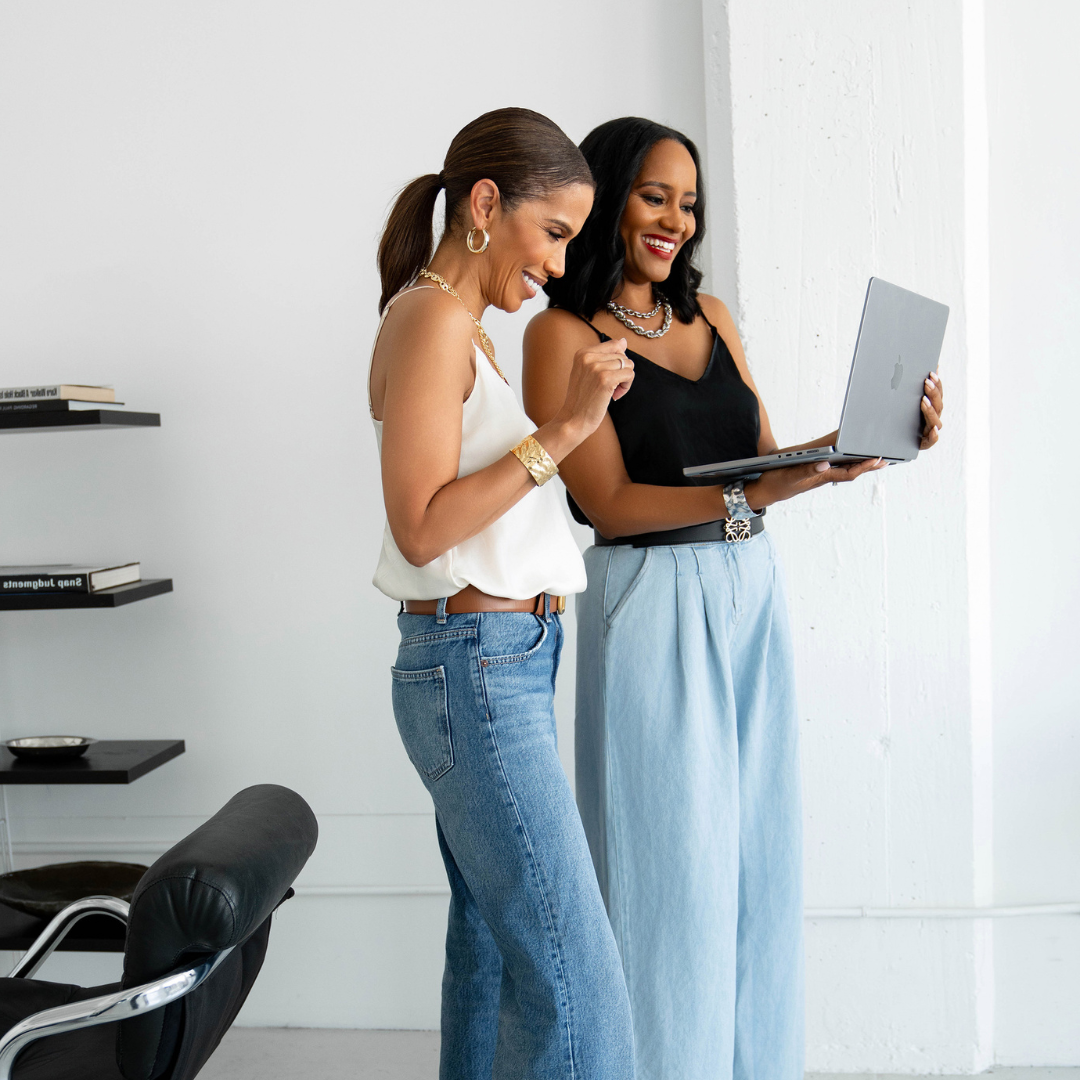When it comes to branding, every element matters—from the color of your logo to the typeface on your website. Your brand is more than just a logo or slogan; it’s the emotional and psychological connection your audience forms with your business. One of the most powerful tools in your branding arsenal? The psychology behind colors and fonts.
In this blog, we’ll dive deep into the impact of colors and fonts on first impressions, why they matter, and how they can influence the way your audience perceives your brand. By the end, you’ll understand how to create a cohesive brand identity that resonates with your ideal customers—and why partnering with professionals can take your branding to the next level.
Why First Impressions Matter in Branding
Your brand only has seconds to make an impression. According to studies, people form an opinion about your brand within 7 seconds of encountering it. This snap judgment isn’t random; it’s rooted in psychology.
The way your brand looks and feels—through its colors, fonts, and overall aesthetic—tells your audience a story. Is your brand professional or playful? Bold or approachable? Trustworthy or experimental? These perceptions are largely influenced by design choices, which is why branding is so much more than slapping together a logo.
The Psychology of Colors in Branding
Color is one of the most significant factors in shaping your brand’s identity. Different colors evoke specific emotions and associations. Here’s a breakdown of common colors and the psychological messages they convey:
1. Blue: Trust and Stability
Blue is one of the most popular branding colors because it exudes trust, reliability, and professionalism. It’s no wonder that financial institutions and tech companies like PayPal, Facebook, and LinkedIn use blue as a primary color.
2. Red: Passion and Energy
Red is bold, attention-grabbing, and emotionally intense. It’s often used in the food and beverage industry (think Coca-Cola) to stimulate appetite and energy.
3. Yellow: Optimism and Warmth
Yellow conveys positivity, friendliness, and creativity. Brands like McDonald’s and IKEA use yellow to evoke happiness and optimism.
4. Green: Growth and Health
Green is synonymous with nature, sustainability, and health. It’s a favorite among eco-friendly brands and wellness companies.
5. Black: Sophistication and Power
Black is sleek, luxurious, and authoritative. It’s commonly used by high-end brands like Chanel and Nike to emphasize sophistication.
6. Orange: Creativity and Fun
Orange is vibrant, playful, and energetic. Brands like Nickelodeon and Fanta use orange to appeal to younger audiences and evoke excitement.
7. Purple: Creativity and Royalty
Purple is often associated with luxury, creativity, and spirituality. It’s a go-to for brands aiming to stand out as imaginative or premium, like Cadbury and Hallmark.
8. White: Simplicity and Purity
White conveys minimalism and clarity. It’s often used in modern designs to communicate elegance and cleanliness, especially in the tech and wellness industries.
When choosing colors for your brand, think about your target audience and the emotional message you want to convey. Are you targeting corporate clients who value trust and professionalism? Blue might be your best bet. Are you aiming to attract health-conscious consumers? Green is the way to go.
The Role of Fonts in Branding
Fonts, like colors, have a psychological impact on how your audience perceives your brand. Typography isn’t just about aesthetics—it’s about communication.
Here’s what different types of fonts convey:
1. Serif Fonts: Timeless and Trustworthy
Serif fonts, like Times New Roman or Georgia, are often seen as traditional and trustworthy. They’re commonly used by law firms, newspapers, and academic institutions.
2. Sans Serif Fonts: Modern and Clean
Sans serif fonts, such as Helvetica and Arial, are sleek, minimalistic, and easy to read. They’re ideal for tech companies and modern brands.
3. Script Fonts: Elegant and Creative
Script fonts, like Pacifico or Brush Script, mimic handwriting and are often used to convey elegance, luxury, or creativity. They’re a favorite for wedding invitations and upscale brands.
4. Display Fonts: Unique and Bold
Display fonts are distinctive and attention-grabbing. They’re often used for headlines or brands that want to make a bold statement.
Imagine a law firm using Comic Sans or a luxury brand using Arial. It just doesn’t feel right, does it? That’s because fonts need to align with your brand’s tone and message. The right font can make your brand appear professional, approachable, or luxurious—while the wrong font can confuse your audience and damage your credibility.
The Power of Combining Colors and Fonts
When colors and fonts are combined strategically, they create a cohesive and memorable brand identity.
1. Keep It Consistent
Your colors and fonts should be consistent across all platforms, from your website to social media to business cards. This builds trust and makes your brand instantly recognizable.
2. Consider Contrast
Choose colors and fonts that complement each other while maintaining readability. For example, pairing a bold sans serif font with vibrant colors can make your message pop.
3. Test Your Choices
Before finalizing your branding elements, test them on your target audience. Do they evoke the emotions and associations you’re aiming for? If not, it might be time to rethink.
Common Mistakes to Avoid in Branding
- Overloading with Colors: Too many colors can confuse your audience. Stick to a primary color palette with 2–3 supporting colors.
- Using Trendy Fonts: Trends come and go. Opt for timeless fonts that won’t date your brand.
- Ignoring Accessibility: Ensure your colors and fonts are readable and accessible for all users, including those with visual impairments.
Why Work with Professionals?
While it might be tempting to DIY your brand’s design, working with branding professionals ensures you make the right impression. A branding expert can help you:
- Choose colors and fonts that align with your brand values and goals.
- Create a cohesive design system for consistent branding.
- Save time and avoid costly mistakes.
At The Agency, we specialize in building brands that resonate. Whether you’re starting from scratch or rebranding an existing business, our team can guide you through the process.
Conclusion: Let’s Build Your Brand Together
Your brand’s colors and fonts are more than just design elements—they’re powerful tools that shape perceptions and build emotional connections with your audience. By understanding the psychology behind these choices, you can create a brand identity that not only makes a great first impression but also leaves a lasting impact.
Ready to take your branding to the next level? Let The Agency craft a custom brand identity that tells your story and attracts your ideal audience.
Contact us today at marketingwiththeagency.com to get started. Together, we’ll create a brand that’s impossible to forget.




Comments +